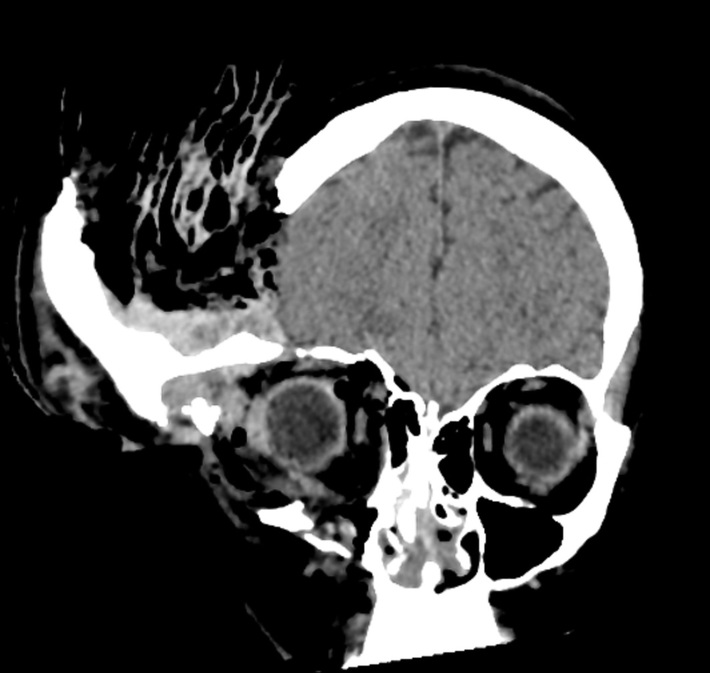

It is not intended as medical advice for individual conditions or treatments. The above information is an educational aid only. Discuss treatment options with your child's healthcare providers to decide what care you want for your child. Learn about your child's health condition and how it may be treated. You have the right to help plan your child's care.

Make sure your child wears proper protective gear when he or she plays sports.Do not let your child dive into a shallow pool or in water where the depth is not known.Place him or her in a crib or playpen if you must leave him or her unattended. Do not leave your baby alone on any furniture, such as a bed or couch.Always securely fasten your child in a car safety seat in the back seat.Do not move your child while he or she is having a seizure. After the seizure, roll him or her onto his or her side. If your child has a seizure, stay with him or her until the seizure ends.Place another cloth on top of the first cloth if it becomes soaked with blood. Apply direct pressure to your child's head if he or she is bleeding.Do not touch anything that is sticking out from his or her head.Do not put anything into your child's mouth.Do not allow his or her head and neck to bend, twist, or turn. If your child is vomiting, turn him or her on his or her side by holding both sides of his or her head and shoulders while moving him or her. Do not move your child until there is medical help available.Have someone call 911 or a hospital for assistance. Check if your child is breathing or has a pulse.What should I do if my child has a head trauma? The following list of medications are in some way related to or used in the treatment of this condition. If he or she has a wound, surgery may be used to remove objects, dirt, or damaged tissue. Surgery may be needed correct damage to your child's skull and surrounding tissue.A neck brace may need to be worn to prevent your child from moving his or her head and neck.Your child may also need medicine to decrease fluid pressure in his or her head. Medicines may be used to prevent or treat pain, seizures, or a bacterial infection.Your child may need any of the following: Treatment will depend on the type of fracture your child has. The strip will show if the fluid is CSF or normal nasal drainage.

A test strip is used to collect fluid from your child's nose. A nasal CSF test is done to check for a cerebral spinal fluid (CSF) leak caused by a skull fracture.Tell the healthcare provider if your child has any metal in or on his or her body. Do not enter the MRI room with anything metal. Tell the healthcare provider if your child has ever had an allergic reaction to contrast liquid. Your child may be given contrast liquid to help his or her skull show up better in the pictures. X-rays, a CT scan, or an MRI may be used to check your child's skull, brain tissue, and blood vessels.How your child responds to the neuro checks can show if his or her injury has affected his or her brain. His or her hand grasp and balance may also be tested. He or she may check your child's memory and how easily he or she wakes up. During a neuro check, a healthcare provider will check how your child's pupils react to light. Neurologic signs, also called neuro signs, neuro checks, or neuro status, are used to check brain function.Bruising behind the ears or around the eyes.Blood or clear fluid coming out of his or her nose or one or both of his or her ears.Bulging fontanelle (soft spot) in infants.Signs and symptoms depend on the cause of your child's skull fracture: What are the signs and symptoms of a skull fracture? Last updated on Jul 3, 2023.Ī skull fracture is a break in a bone in your child's head.


 0 kommentar(er)
0 kommentar(er)
